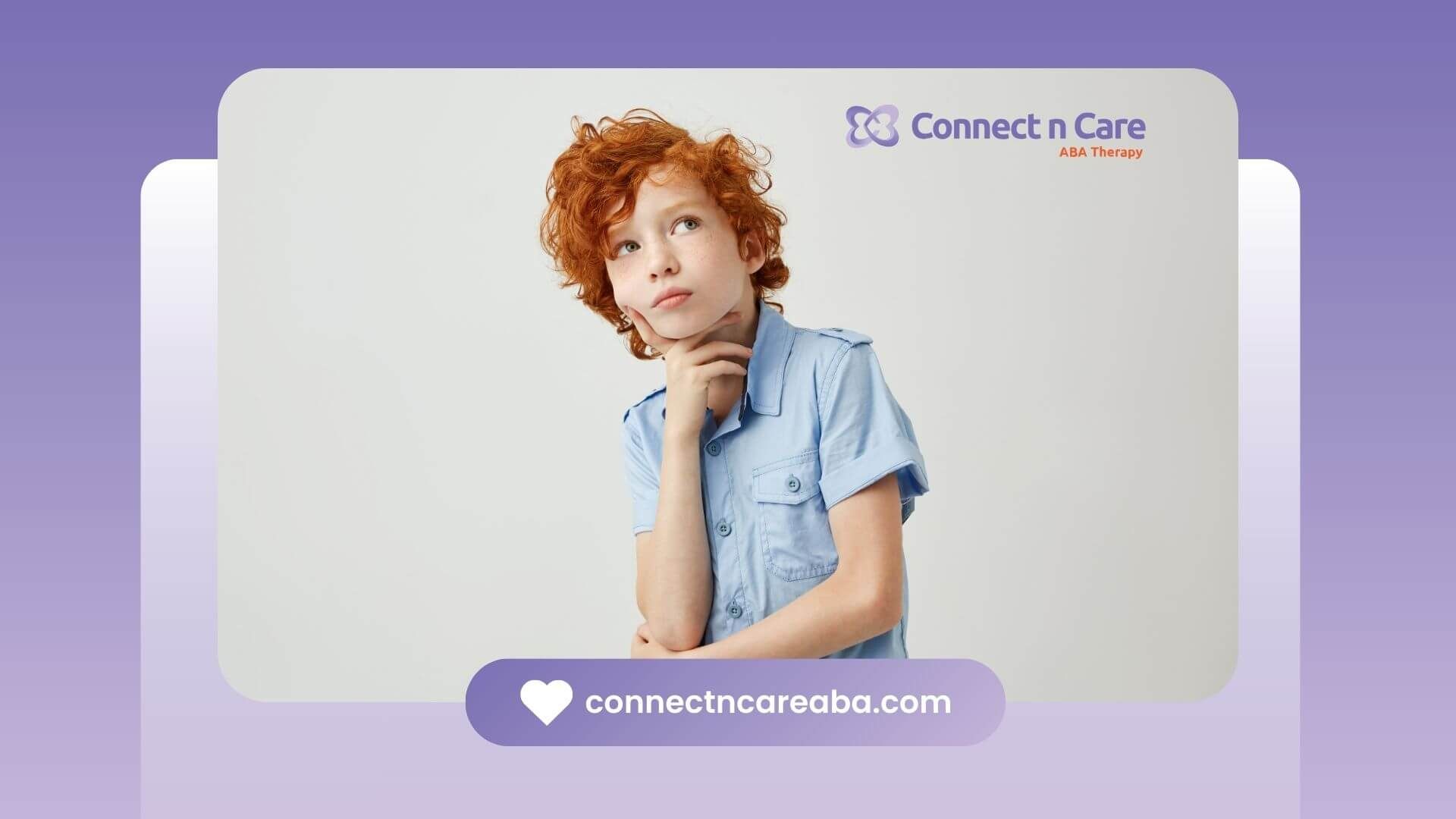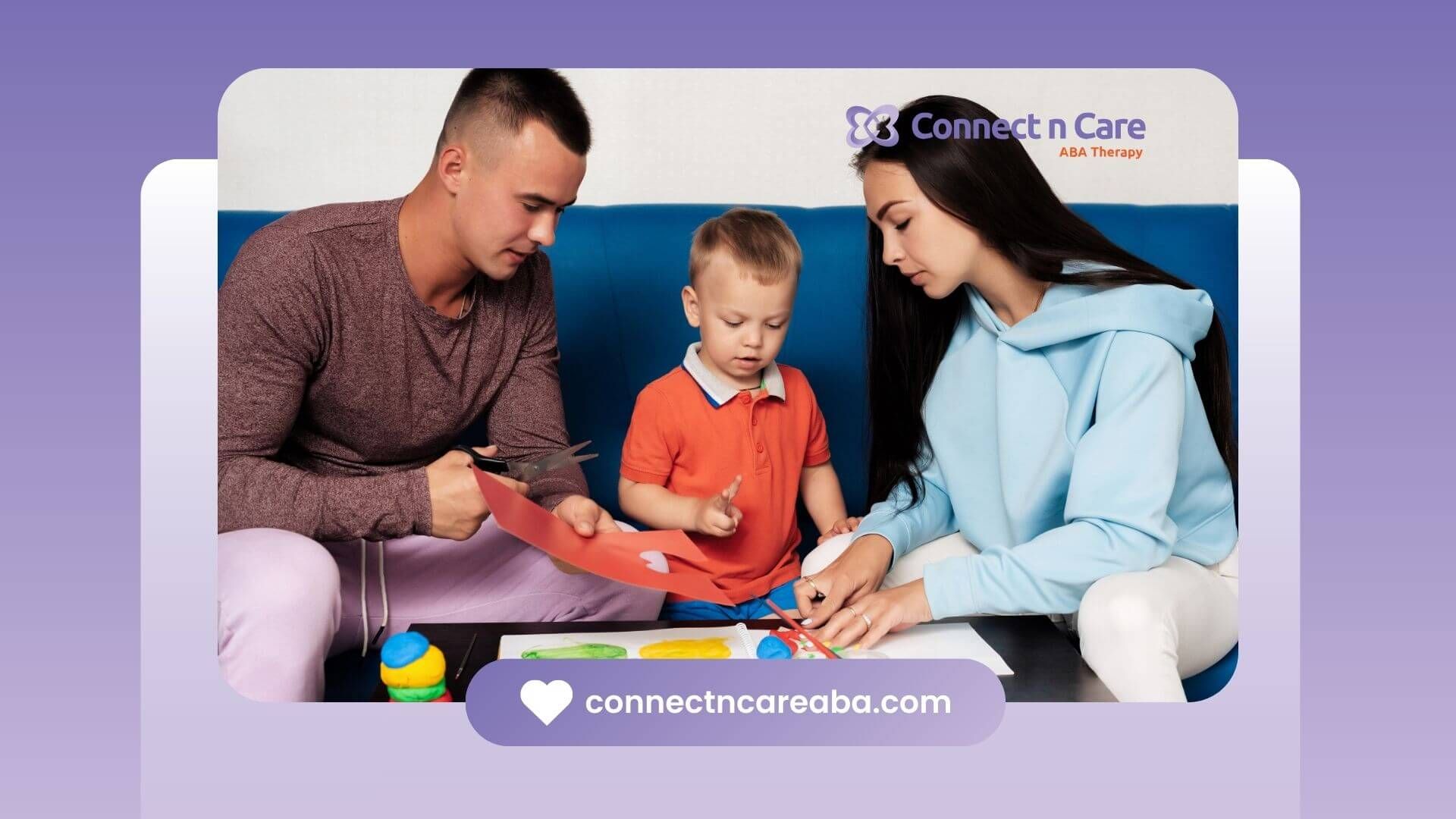Accurate autism representation in media plays a vital role in shaping public perceptions of individuals on the autism spectrum. In the United States, the CDC estimates that 1 in 36 children receive an autism spectrum disorder diagnosis, underscoring the need for portrayals that reflect the full diversity of experiences. This article examines the evolution of fictional and nonfictional portrayals, highlights current trends, explores impact on audiences, and outlines best practices for authentic storytelling.
Understand Media Representation
Autism representation in media refers to how films, television, books, and digital content portray characters with autism spectrum disorder. These portrayals influence awareness, attitudes, and even policy decisions. They span:
- Fictional narratives that use autistic characters to advance plot
- Documentaries and news segments that focus on real-life experiences
- Children’s programming aimed at introducing autism concepts early
- Streaming series that reach global audiences
Accurate depiction means showing a range of traits, abilities, and support needs. It also involves steering clear of one-dimensional tropes such as the “autistic savant” or dangerous outsider. When creators get representation right, they foster empathy, reduce stigma, and empower autistic individuals to see themselves onscreen.
Define Key Terms
Autistic Spectrum Disorder (ASD) covers a broad range of neurological differences. Traits can include variations in social communication, sensory processing, and repetitive behaviors. Authentic media work acknowledges this spectrum rather than presenting a single “typical” profile.
Scope Of Representation
By portraying autistic characters across genres, like drama, comedy and documentary, media can reach varied audiences. Each format offers unique opportunities:
- Drama and comedy humanize autistic experiences through relatable story arcs
- Documentaries provide in-depth insights into daily challenges and successes
- Animated shows introduce neurodiversity to younger viewers in accessible ways
Trace Historical Depictions
Early portrayals from the 1960s through the 1980s often painted autism as mysterious or isolating. Characters were shown as emotionally distant, serving primarily as dramatic devices rather than realistic individuals.
Early Fictional Portrayals
These initial depictions lacked nuance. Autistic characters rarely spoke, and filmmakers leaned on fear and misunderstanding to drive tension. As a result, public perception skewed toward viewing autism as an enigma rather than a diverse spectrum of human experience.
Rain Man Effect
The 1988 film Rain Man introduced autism to mainstream audiences but cemented the “autistic savant” stereotype. While Dustin Hoffman’s portrayal sparked awareness, it also narrowed the narrative to genius-level skills and emotional detachment. This lasting impression influenced casting decisions and public expectations for decades.
Shift Toward Authenticity
By the 2000s, public demand for realism grew. The television series Atypical (2017–2021) responded to early criticism by casting autistic actors in later seasons. Documentaries such as The Reason I Jump (2020) earned acclaim for their nonverbal perspectives and direct involvement of autistic individuals. These projects marked a move toward deeper consultation and authentic storytelling.
Assess Current Media Trends
Recent years have seen significant strides in representation, though gaps remain. Three trends stand out:
Inclusion Of Autistic Actors
Casting actors on the spectrum enhances authenticity and opportunity. Notable examples include:
- Champions (2023):
Features autistic actors alongside performers with other disabilities
- As We See It (2022): Centers on three friends with autism in a group home setting
- Loop (2020): Pixar’s first autistic character appears in this short, fostering understanding through friendship themes
Diverse Character Narratives
Beyond savant tropes, new stories explore the daily lives and passions of autistic people:
- Little Voice: Kevin Valdez plays Louie, navigating adulthood with autism in a group home
- Daniel Tiger’s Neighborhood:
Israel Thomas-Bruce voices Max, a character sensitive to noise, helping young viewers grasp sensory differences
- Everything’s Gonna Be Okay: Kayla Cromer portrays Matilda, a musician whose experiences reflect her real-life autism advocacy
Continued Stereotypes
Despite progress, some mainstream films still lean on harmful tropes:
- The Accountant (2016) and Music (2021) drew criticism for one-dimensional portrayals that emphasized dysfunction over diversity
- Systematic reviews highlight an overrepresentation of repetitive behaviors and underrepresentation of social communication challenges in fictional media
A balanced approach mixes nuanced fictional narratives with documentaries to present a fuller picture of autism.
Evaluate Audience Impact
Media portrayals shape both knowledge and attitudes. Research offers insight into these effects.
Effects On Knowledge
Short-term exposure to fictional media has not led to significant gains in viewers’ factual understanding of autism. Studies using brief episodes or novel excerpts found no measurable increase in accurate identification of autistic traits.
Influence On Attitudes
Fictional portrayals can foster empathy. Participants in controlled studies were more likely to attribute positive traits to autistic characters after viewing respectful representations, with medium effect sizes ranging from 0.57 to 0.73.
Societal Implications
When audiences develop empathy, they support inclusive policies, educational accommodations, and community resources. Authentic representation can reduce stigma and encourage viewers to advocate for supportive infrastructure in schools, workplaces, and public life.
Encourage Authentic Collaboration
Bringing autistic voices into the creative process enhances accuracy and respect.
Role Of Autistic Consultants
Involving autistic consultants during script development, casting, and filming ensures that character behaviors, dialogue, and story arcs reflect real experiences. This collaboration corrects common inaccuracies and adds cultural context to storytelling.
Benefits Of Inclusion
Authentic collaboration yields multiple advantages:
- Richer narratives that resonate with autistic and neurotypical audiences
- Opportunities for autistic actors and creatives to showcase talent
- Greater trust between media creators and the autism community
Offer Guidelines For Creators
Creators seeking to improve autism representation can follow these practical steps:
Research And Consultation
- Engage autistic individuals, families, and clinicians early in development
- Review scientific literature and lived-experience accounts
- Attend workshops or panels on neurodiversity and inclusion
Casting And Storytelling
- Prioritize casting actors on the spectrum for autistic roles
- Develop characters with varied support needs and interests
- Avoid singular tropes like the autistic genius or the troubled outsider
Promotion And Feedback
- Market projects responsibly, emphasizing authenticity
- Solicit community feedback through test screenings and advisory boards
- Highlight collaboration efforts in press materials to encourage industry adoption
Conclusion
Accurate autism representation in media matters. Historical portrayals often relied on stereotypes, but recent projects show a commitment to nuance and authenticity. While fictional narratives may not boost viewers’ factual knowledge, they do promote empathy and positive attitude change. Involving autistic consultants, casting actors on the spectrum, and diversifying character stories are key strategies. By following research-backed guidelines, media creators can foster understanding, reduce stigma, and celebrate the full spectrum of autistic experiences.
At Connect n Care ABA, we believe in the importance of positive and authentic portrayals, and we’re here to support individuals with autism in real life by providing personalized, evidence-based therapy in North Carolina. Through collaboration with families and professionals, we ensure that the unique needs of each individual are met with compassion and care.
Ready to help create a brighter future for your child with autism? Contact us today to schedule a consultation and learn how we can help your child reach their full potential with tailored ABA therapy.
Frequently Asked Questions
How does accurate media representation of autism impact children with autism?
Accurate portrayals can reduce stigma, build empathy, and provide children with autism a sense of belonging. They can see themselves represented in a positive light, which fosters self-acceptance and confidence.
How can ABA therapy help individuals with autism succeed in real-world scenarios?
ABA therapy focuses on teaching practical skills, such as communication, social interaction, and self-regulation that help individuals with autism navigate their daily lives and thrive in different environments.
What can I do as a parent to encourage a positive view of autism for my child?
Encourage self-advocacy, provide access to diverse stories and role models, and collaborate with educators and therapists to ensure your child’s needs are supported in every environment.
SOURCES:
https://www.nyfa.edu/student-resources/autism-in-movies-and-tv-shows/
https://pmc.ncbi.nlm.nih.gov/articles/PMC10576905/
https://www.myautism.org/news-features/actors-with-autism-who-play-characters-with-autism
https://www.tandfonline.com/doi/full/10.1080/01612840.2025.2456698
https://link.springer.com/article/10.1007/s12144-023-04959-6
https://enna.org/autism-representation-in-the-media-and-how-it-impacts-real-life/









